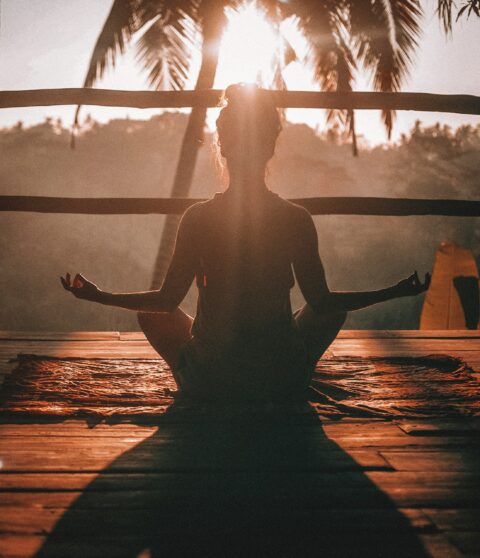Layering is more than just adding clothes; it’s a strategic approach to fashion that allows you to create depth, dimension, and visual interest in your outfits. By understanding the principles of layering and experimenting with different combinations, you can elevate your style and adapt to various weather conditions.
The Foundations of Layering
To master the art of layering, start with a solid foundation.
- Basic Pieces: Invest in versatile items like t-shirts, tank tops, and long-sleeve shirts that can be layered under other pieces.
- Outerwear: A variety of jackets, blazers, and coats are essential for creating different looks and staying warm.
- Bottoms: Choose bottoms that can be easily layered with different tops, such as jeans, trousers, or skirts.
Layering Techniques: Building Your Look
There are several layering techniques to explore:
- The Classic Layering Formula: Start with a base layer, add a middle layer, and finish with an outer layer. For example, a turtleneck, sweater, and blazer.
- Layering for Warmth: Prioritize insulation by layering with thermal undergarments, sweaters, and a warm coat.
- Layering for Style: Experiment with different textures, patterns, and lengths to create visually interesting outfits.
- Layering for Occasion: Adapt your layering based on the event, from casual to formal.
Mastering Fabrics and Textures
The choice of fabrics and textures is crucial for successful layering.
- Fabrics: Consider the weight and warmth of fabrics when layering. For example, pair a lightweight silk blouse with a heavier wool sweater.
- Textures: Mix and match different textures to add visual interest. Combine smooth fabrics with knitwear, or pair leather with denim.
- Proportions: Balance the proportions of your layers to avoid overwhelming your silhouette.
Color Coordination and Pattern Mixing
Color and pattern play a significant role in creating harmonious layered looks.
- Color Palette: Choose a color scheme that complements your personal style and the occasion.
- Monochromatic Layering: Create a sophisticated look by layering different shades of the same color.
- Complementary Colors: Experiment with colors that complement each other, such as blue and orange or purple and yellow.
- Pattern Mixing: Carefully combine different patterns for a bold and stylish effect.
Layering for Different Occasions
Layering can be adapted to suit various occasions and weather conditions.
- Office Layering: Opt for polished and professional pieces like blazers, dress pants, and blouses.
- Casual Layering: Combine comfortable and stylish items such as jeans, sweaters, and jackets.
- Evening Layering: Create a glamorous look with luxurious fabrics, statement accessories, and a touch of sparkle.
- Winter Layering: Stay warm and stylish with layers of coats, sweaters, and scarves.
Accessories: The Finishing Touch
Accessories can elevate your layered look and add a personal touch.
- Scarves: A versatile accessory that can add warmth, style, and color.
- Jewelry: Choose statement necklaces or layered chains to draw attention to your neckline.
- Hats: Complete your outfit with a stylish hat that complements your layers.
Layering is an art form that requires experimentation and practice. By understanding the basic principles and incorporating your personal style, you can create endless stylish and functional outfits.






